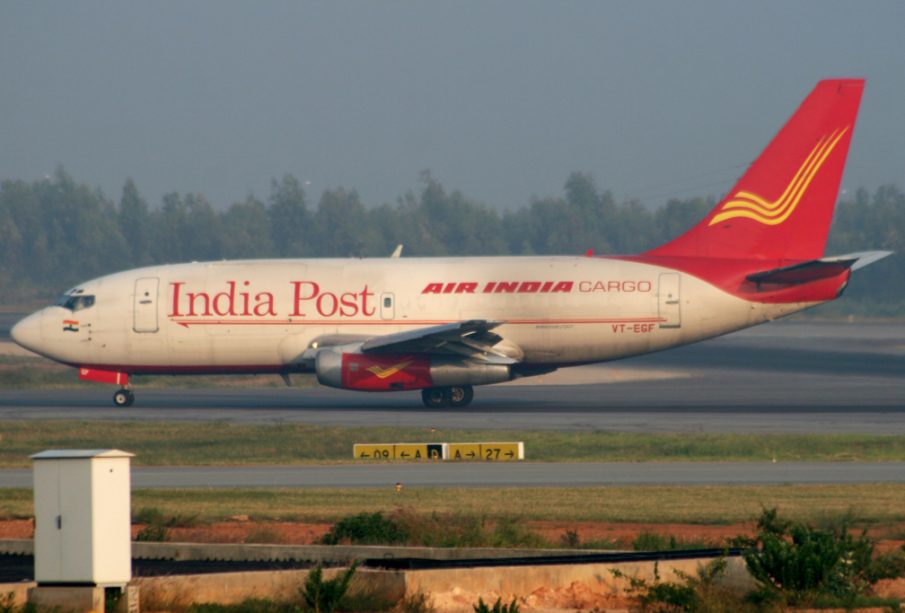IndiaPost: A New Era of Postal Services in India

Introduction
In the digital age, IndiaPost is not just about mailing letters. As one of the oldest and largest postal networks in the world, it is adapting to the changing landscape of communication and logistics. With over 150,000 post offices across India, the relevance of IndiaPost extends far beyond traditional postal services, integrating modern technology to cater to the needs of millions of citizens.
Modern Innovations in IndiaPost
IndiaPost is embracing technological advancements to streamline operations and enhance customer experience. The introduction of the ‘India Post Payments Bank’ has enabled secure digital transactions, while also providing banking services to the rural populace. This push towards digitization has been critical in allowing IndiaPost to keep pace with the rapid evolution of e-commerce and direct deliveries.
As part of its modernization efforts, IndiaPost is also implementing Artificial Intelligence and data analytics to optimize delivery networks. This initiative has led to improved last-mile delivery, making it easier for customers to receive parcels even in remote areas.
Recent Developments
On October 1, 2023, IndiaPost announced a strategic partnership with various private logistics firms to enhance its service offerings. This collaboration aims to improve the efficiency of parcel delivery and ensure faster shipping times across the country. Additionally, the launch of the ‘Speed Post Plus’ service has significantly reduced delivery time frames, making it competitive with private courier services.
Significance of IndiaPost in Rural India
IndiaPost plays a crucial role in connecting rural areas to urban centers, providing essential services like postal life insurance, savings schemes, and pension payments. The government has recognized its importance in financial inclusion, especially among underserved communities. With initiatives like the ‘Digital India’ campaign, IndiaPost serves as a bridge to ensure that rural citizens have access to essential services.
Conclusion
The transformation underway at IndiaPost reflects both a response to global trends and a commitment to its mission of serving all Indians. As it continues to innovate and adapt to new technologies, the postal service is poised to remain a vital part of India’s socio-economic fabric. Looking ahead, the focus on integration with digital platforms and enhanced logistics capabilities suggests a promising future for IndiaPost, further entrenching its role in bridging the urban-rural divide.









